New Delhi: The GST Council has announced a series of tax rate cuts across key consumer and industrial goods to strengthen India’s electronics manufacturing and clean energy ecosystem.
According to Union Finance Minister Nirmala Sitharaman, the move is expected to expand affordability for consumers while providing a substantial push to domestic industries and micro, small and medium enterprises (MSMEs).
One of the biggest beneficiaries will be the consumer electronics sector, with GST on air conditioners, dishwashers and televisions (LCD/LED) reduced from 28 per cent to 18 per cent.
This change not only makes high-value appliances more affordable for households but also expands the market size for domestic producers.
Industry experts believe the measure will create stronger backwards linkages in components such as compressors, displays, semiconductors and LED panels, opening up wider opportunities for MSMEs engaged in plastics, wiring, cooling systems, and assembly services. Dishwashers, now more affordable, are also expected to contribute to improving ease of living.
The rate cut for monitors and projectors (non-TV) from 28 per cent to 18 per cent is set to benefit educational institutions, offices and digital learning centres by making ICT hardware more accessible.
This will further strengthen India’s IT sector and start-up ecosystem. Similarly, GST on electric accumulators, including power banks (excluding lithium-ion), has been lowered from 28 per cent to 18 per cent, encouraging the use of affordable energy storage solutions in households and workplaces while improving access to backup power for digital devices.
Pankaj Mohindroo, Chairman, India Cellular and Electronics Association (ICEA) stated: “The approval of GST 2.0 is a landmark reform in India’s tax journey. By simplifying the structure and creating predictability, it lays a stronger foundation for growth- with stimulated demand and ease of doing business.”
“We extend our gratitude to the Hon’ble Prime Minister, the Hon’ble Finance Minister, the Finance Ministry, the GST Council, and the States for their leadership in advancing this historic reform. The reduction of GST on Air Conditioners and Televisions from 28 per cent to 18 per cent is especially welcome. This long-standing demand of the industry will make appliances more affordable, unlock domestic demand and boost consumption, which is vital for scaling India’s electronics manufacturing,” he added.
Additionally, Mohindroo said: “We also remain hopeful that the rationalisation of GST on smartphones and laptops from the current 18 per cent to 5 per cent will be considered in the future, given its potential to improve affordability and strengthen digital inclusion.”
Varun Gupta, CoFounder of GOBOULT said: “For the audio and wearables category, GST on final products remains at 18 per cent, so prices stay stable. The bigger shift lies in how the system now works. Moving to a simpler two-rate structure of 5 and 18 per cent means fewer complications, less compliance stress for MSMEs, and greater predictability across the value chain.”
“In the long run, this kind of stability allows companies like ours to reinvest efficiencies into technology, design and innovation. It is a reform that touches both the consumer at home and the manufacturer in the factory, and it sets the stage for India to emerge as a global hub, shaping not just domestic growth but also our role in the world economy,” he added.
Anurag Sharma, Managing Director and CEO, AKAI India, said: “The new GST rate cut from 28 per cent to 18 per cent is a progressive reform as it will make electronic items like televisions, air-conditioners, and other appliances significantly more affordable for millions of Indian households. The 18% GST bracket enables consumers to save around Rs 3000 to Rs 5000 on major appliances and encourages them to fulfil their needs this festive season. This bold step will boost customer demand in tier II and III cities, essentially. The new GST rate cuts will also empower the entire electronics industry and fuel its momentum. Additionally, the industry will be able to enjoy faster transit times across state borders, enhanced overall operational efficiency, and reduced logistics costs.”
Security and green initiatives have also been given a push. Two-way radios (walkie-talkies) will now attract 5 per cent GST, down from 12 per cent, lowering procurement costs for police, paramilitary, and defence forces, thereby strengthening internal security communications.
Renewable energy devices, including solar panels and photovoltaic cells, have also been brought under the 5 per cent slab, a move that will significantly reduce deployment costs for households and industries, aligning with the twin goals of Digital India and Green India.
Furthering the agenda of sustainable cities, composting machines will now attract only 5 per cent GST, down from 12 per cent. The reduction is expected to encourage the adoption of waste-to-energy and composting technologies, supporting efficient waste management practices and advancing the vision of smart and sustainable urban development.
Together, these reforms are expected to balance consumer affordability with industrial growth, while aligning taxation with India’s sustainability and digital transformation goals.

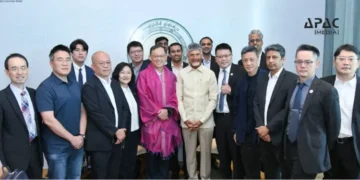


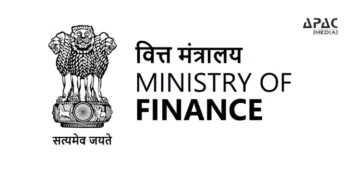




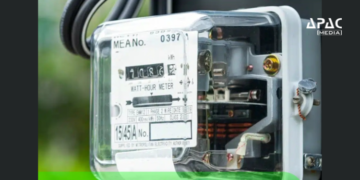

















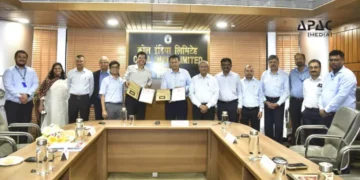
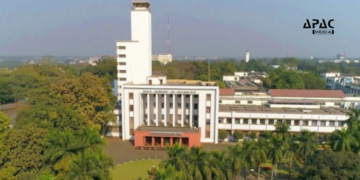

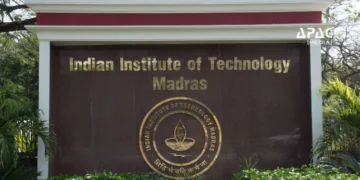
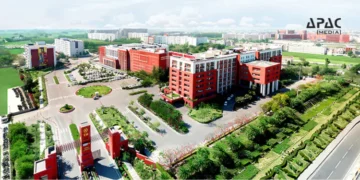













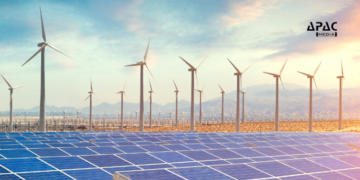





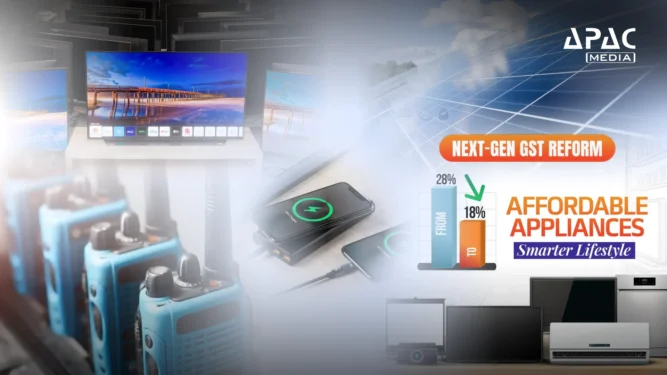
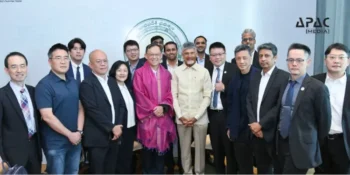


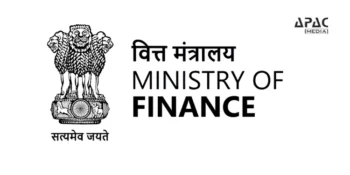









Discussion about this post